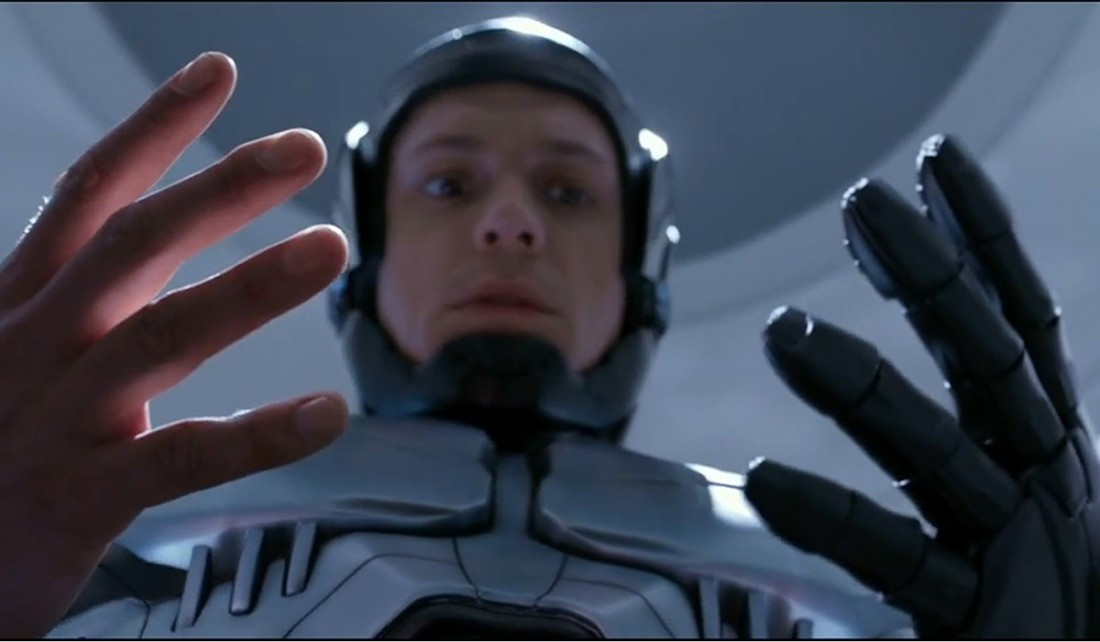Critical Hit with Drew Nordman
The Technological Singularity, Transhumanism and Robocop
From iconic science fiction novels like H.G. Wells’ The Time Machine, to classic campy cartoons like The Jetsons, modern popular culture has been obsessed with the idea of the future for over a century.
Never content with the mundanity of the present, our frustration with the status quo has manifested itself in hundreds, if not thousands of fictional works that depict possible utopian futures in which life is (more often than not) unequivocally better for the entire human race.
The baby boomer generation was promised flying cars by the new millennium, however here we are in 2014 and the closest we have to that is maybe a Toyota Prius. So how far off are we from the romanticized conceptual future we’ve been dreaming about for so long? The answer might freak you out.
American inventor, futurist, director of engineering at Google and author of such books as The Singularity is Near, Ray Kurzweil has accurately predicted trends in technology for the past 30 years. From the proliferation of the Internet, to the genesis of the smartphone, Kurzweil predicted it all 10 years before its existence. With this in mind, he formulated a concept known as the technological singularity. This theory contends that by roughly 2029, complex artificial intelligences will have reached a level of sophistication that will allow them to iterate upon themselves, or self invent.
From the singularity onward – barring any nasty apocalyptic Skynet/Matrix type scenarios – technological advancement will escalate at an increasingly exponential rate. This escalation will culminate in the advent of the transhuman: a being that isn’t human or machine, but a hybridization of both.
Granted, it all sounds obnoxiously science-fictional, however precursors to this advancement have already begun to emerge. In the past five years alone, we’ve transitioned from clunky flip phones, barely capable of text messaging, to highly sophisticated smartphones whose computing power exceeds that of NASA’s when it landed men on the moon. With that much progress in such a short timeframe, it’s not inconceivable to think that 50 to 100 years down the road the line between biology and technology could be virtually nonexistent.
Personally, as both a nerd and a person with a physical disability, I spend a disproportionate amount of time fantasizing about the technological augmentation of the human body. Popularized by such works of fiction as 1974’s hit TV show The Six Million Dollar Man, and 1987’s cult classic film Robocop (the reboot of which hits theaters in just over a week), the concept of cybernetic enhancement is really nothing new.
Given Kurzweil’s predictions, these kinds of modifications are looking like less of a hypothetical, and more of an eventuality! Imagine innovations in medicine getting to the point where entire limbs can be replaced with fully functional, cybernetic ones. Better yet, imagine the nervous system being repaired at the atomic level via nanomachines. Illness and disability could soon be a thing of the past, just as long as we don’t blow each other up, or succumb to our new robotic overlords. Either way, the future is closer than you think.
Drew Nordman loves geek culture. Follow him on Twitter @Anomalous1.
Published in Volume 68, Number 19 of The Uniter (February 5, 2014)







